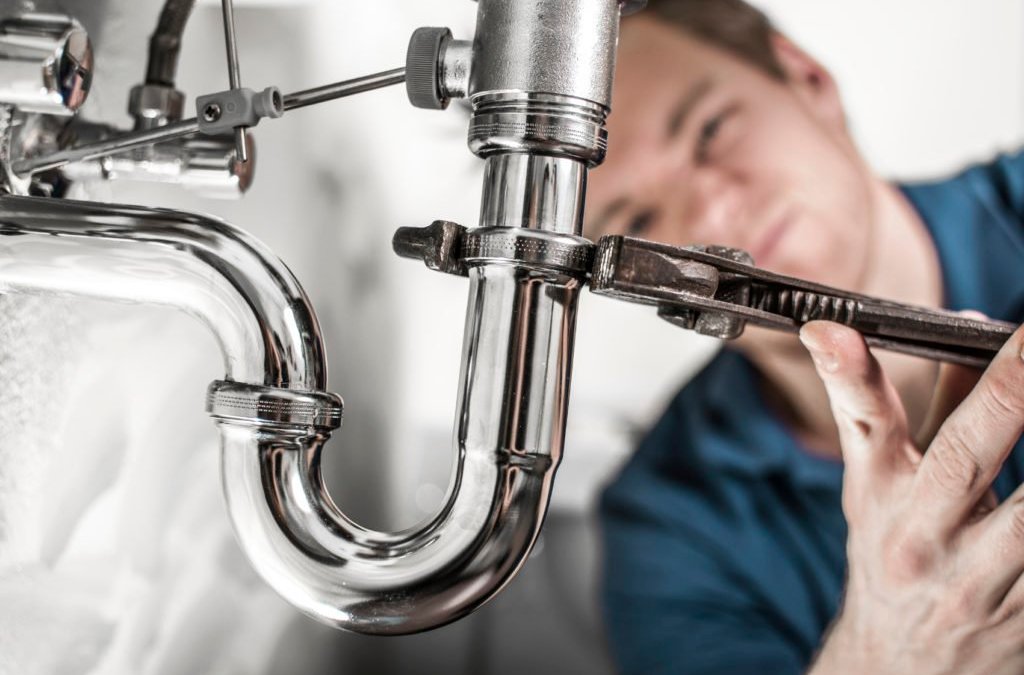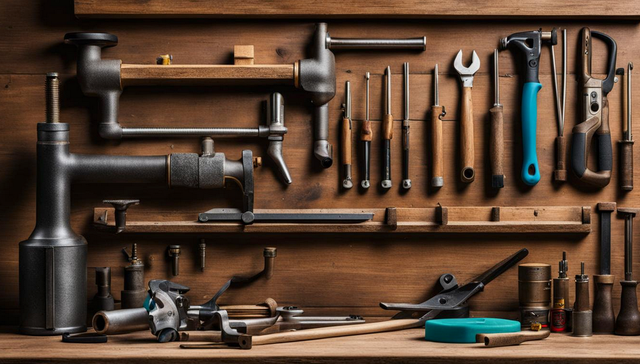Acquiring Insight into Home Plumbing Basics: A Beginner's Introduction
Acquiring Insight into Home Plumbing Basics: A Beginner's Introduction
Blog Article
Right here below you can locate additional high-quality points when it comes to Plumbing Basics For Every Home: The HomeTriangle Guide.

Plumbing is an important element of any home, in charge of supplying clean water for drinking, cooking, and showering, as well as getting rid of wastewater safely. Comprehending the basics of home plumbing is essential for every single house owner to make certain appropriate maintenance, troubleshooting, and, if required, fixings. In this newbie's overview, we'll cover the fundamental ideas of home plumbing to help you become much more accustomed to exactly how it functions.
Water System System
The water system brings clean water right into your home from a local water source or an exclusive well. It consists of a primary water line that connects to your home's plumbing system, normally situated underground. A water meter determines the amount of water eaten, while a shut-off shutoff enables you to manage the circulation of water into your home.
Plumbing Fixtures
Plumbing components are gadgets that deliver water to numerous parts of your home and consist of sinks, taps, toilets, showers, bathtubs, and devices such as dishwashing machines and cleaning machines. Each component is linked to the water system via pipes and installations and may have its shut-off valve for upkeep or emergencies.
Water Furnace
The water heater is accountable for heating water for residential use, consisting of bathing, food preparation, and cleaning. Usual types of water heaters consist of tank-type hot water heater, tankless (on-demand) water heaters, and heatpump hot water heater. The water heater is linked to the water supply system and delivers warm water to plumbing components as needed.
Drain System
The drainage system gets rid of wastewater from your home and brings it away to a sewage treatment center or septic tank. It contains a network of pipelines, fittings, and components that move wastewater from plumbing fixtures to the primary sewage system line or septic tank. Appropriate drainage is vital to protect against blockages, backups, and sewer leaks.
Ventilation System
The ventilation system helps keep proper air pressure and protect against sewer gases from entering your home. Vent pipes, likewise known as air vent heaps, expand from plumbing components to the roofing system, enabling drain gases to escape securely outdoors. Air flow pipelines likewise enable air to go into the drain system, promoting smooth wastewater circulation and preventing suction or vacuum effects.
Typical Plumbing Devices
Having the right devices accessible is crucial for performing basic plumbing repair work and upkeep jobs. Usual plumbing tools consist of flexible wrenches, monkey wrench, pliers, pipe cutters, hacksaws, plungers, augers (or drainpipe snakes), and Teflon tape. Having these tools conveniently available can assist you take on small plumbing problems effectively.
Basic Plumbing Fixings
While some plumbing repairs might call for expert assistance, many usual concerns can be attended to with basic do it yourself techniques. Discovering exactly how to deal with a dripping tap, unblock a drain, change a bathroom flapper, or repair a trickling showerhead can conserve you time and money on plumbing repair work.
Verdict
Understanding the essentials of home plumbing is crucial for every property owner to keep a risk-free, functional, and efficient plumbing system. By familiarizing yourself with the water system, plumbing components, water drainage system, air flow system, common plumbing tools, and basic repair services, you can with confidence resolve minor plumbing problems and ensure your home's plumbing system runs smoothly.
Plumbing for Beginners: A Comprehensive Guide
If you’re a beginner when it comes to plumbing, don’t worry; you’re not alone. Plumbing may seem intimidating, but with the right knowledge and a little practice, you can handle many common plumbing issues on your own. In this comprehensive guide, we will demystify the world of plumbing for beginners, providing you with the basic knowledge and skills needed to tackle common plumbing problems and even take on some DIY plumbing projects.
The Importance of Basic Plumbing Knowledge for Beginners:
First and foremost, basic plumbing knowledge gives you a solid foundation. It helps you grasp the key concepts and terminology that are essential in this field. By learning the basics, you’ll be able to build upon that knowledge and tackle more complex plumbing tasks in the future.
Having a basic understanding of plumbing also enables you to handle common issues that may arise in your home. Picture this: a leaky faucet or a clogged drain. With some basic plumbing knowledge, you’ll have the confidence to troubleshoot and fix these problems on your own. It saves you from unnecessary expenses and the hassle of waiting for a professional to arrive.
As a beginner, learning the basics of plumbing empowers you to take care of your own home. It gives you a sense of independence and self-reliance. You’ll no longer have to rely solely on professionals for every small issue that pops up. Instead, you can handle many tasks yourself, saving time and money in the process.
Remember, everyone starts as a beginner. Embrace the learning process and take small steps to expand your plumbing knowledge. There are plenty of online resources, tutorials, and even local workshops that talk about plumbing for beginners.
Essential Tools for Plumbing for Beginners
As you start your plumbing journey, having the right tools in your toolbox is crucial. Let’s explore some of the must-have tools:
Adjustable Wrench:
This versatile tool is a staple in any plumber’s toolbox. It allows you to tighten or loosen nuts and bolts of various sizes. Make sure to have an adjustable wrench with a comfortable grip.
Pipe Wrench:
A pipe wrench is specifically designed for gripping and turning pipes. It has serrated jaws that provide a strong grip, making it easier to loosen or tighten threaded pipes and fittings.
Plunger:
The plunger is a simple yet effective tool for clearing clogged drains and toilets. It creates suction when you push and pull, helping to dislodge blockages. Keep a good-quality plunger handy for those unexpected clogs.
Pipe Cutter:
When it comes to cutting pipes, a pipe cutter is your go-to tool. It creates clean, precise cuts without damaging the pipe. Look for a pipe cutter that can handle the pipe sizes you’re working with.
Hacksaw:
A hacksaw is useful for cutting through pipes, screws, and other materials. It’s a versatile tool that can handle different cutting tasks. Remember to use a blade suitable for cutting metal.
Tape Measure:
Accurate measurements are crucial in plumbing. A tape measure allows you to measure pipe lengths, distances, and dimensions accurately. Opt for a sturdy tape measure that extends a good length.
Pliers:
Pliers come in handy for various tasks, such as gripping, bending, and cutting. Slip-joint pliers with adjustable jaws are great for gripping pipes, nuts, and bolts.

I'm very focused on Plumbing Basics For Every Home: The HomeTriangle Guide and I'm hoping you enjoyed the entire blog posting. Don't hesitate to take a moment to share this blog post if you appreciated it. Kudos for being here. Please come visit our site back soon.
Suggested Site Report this page